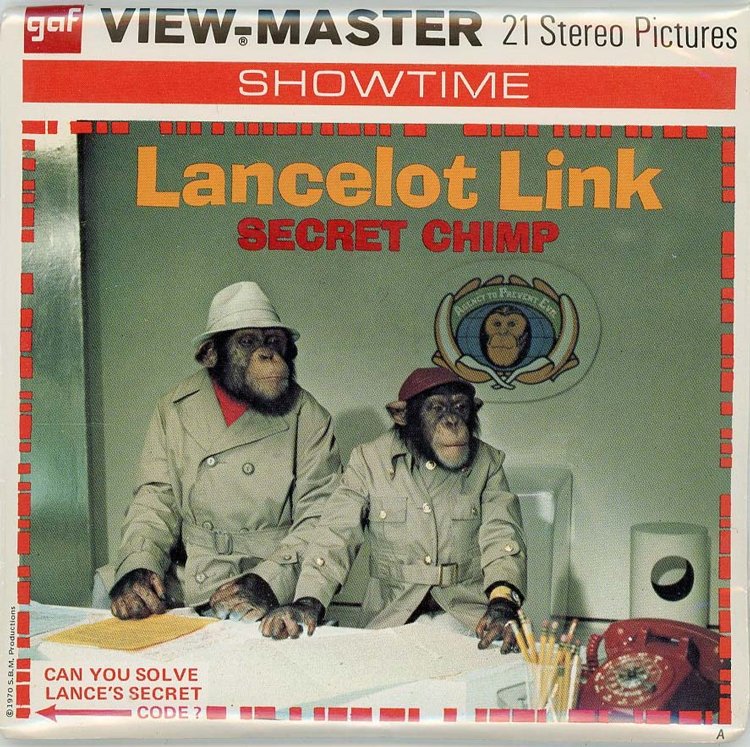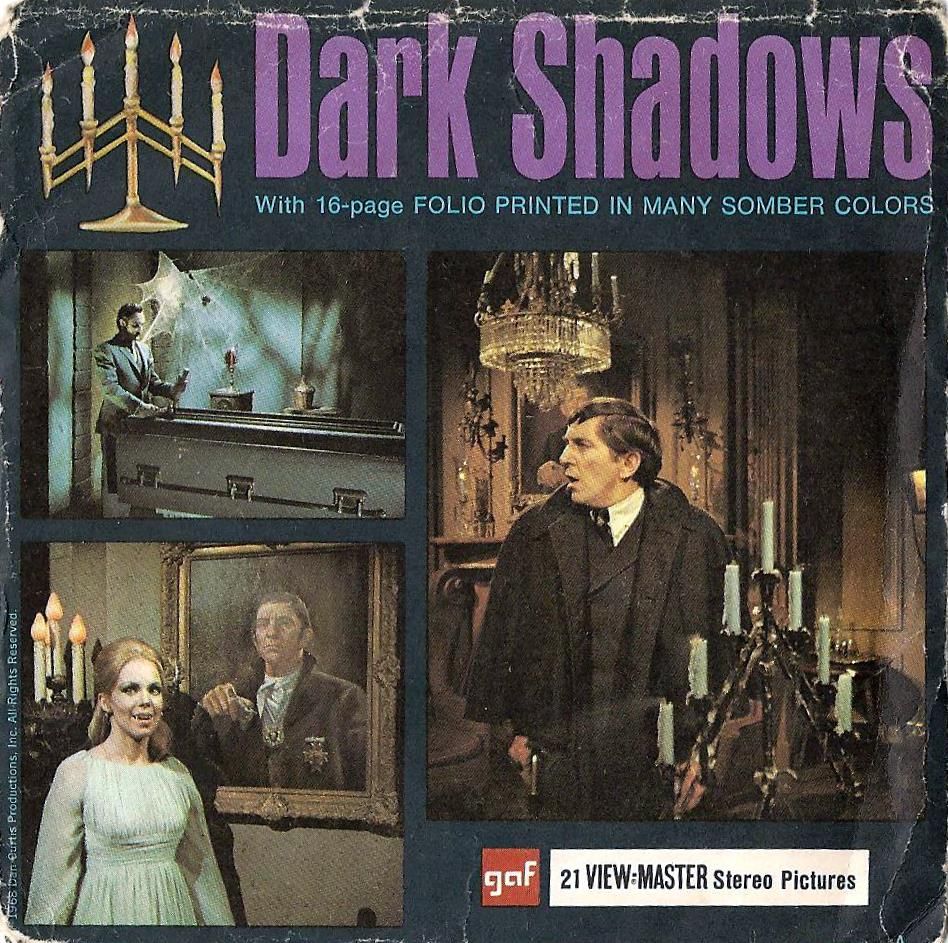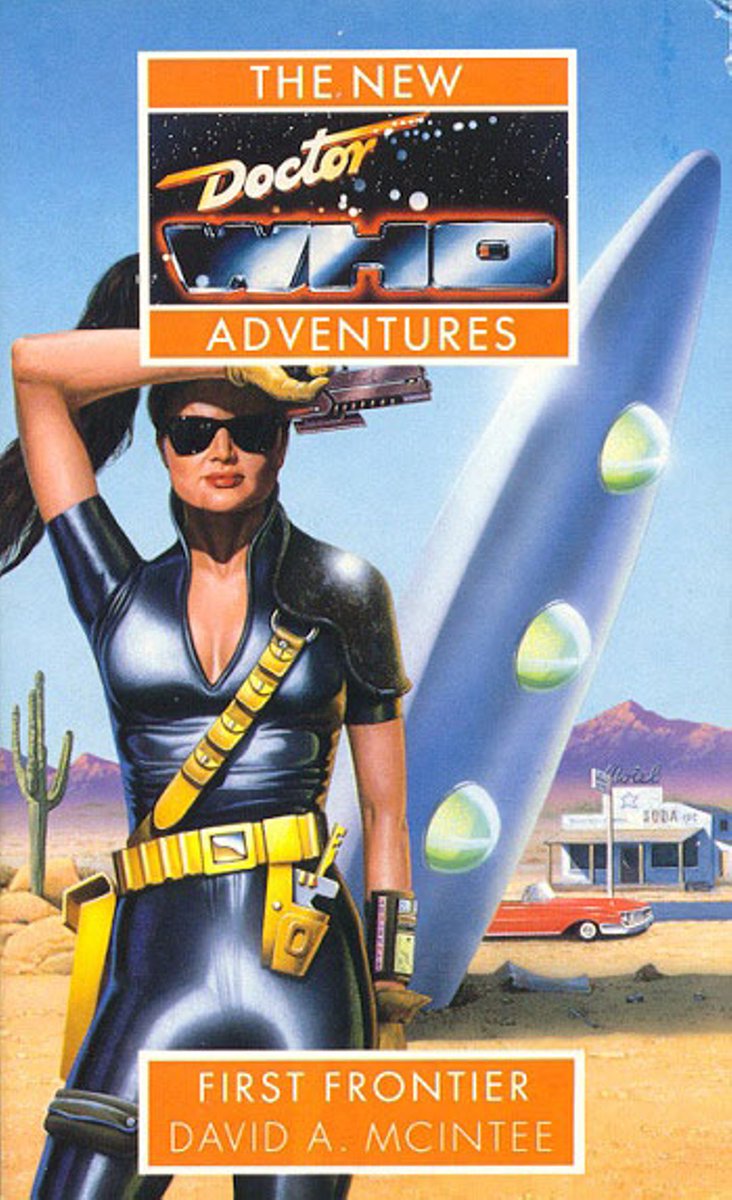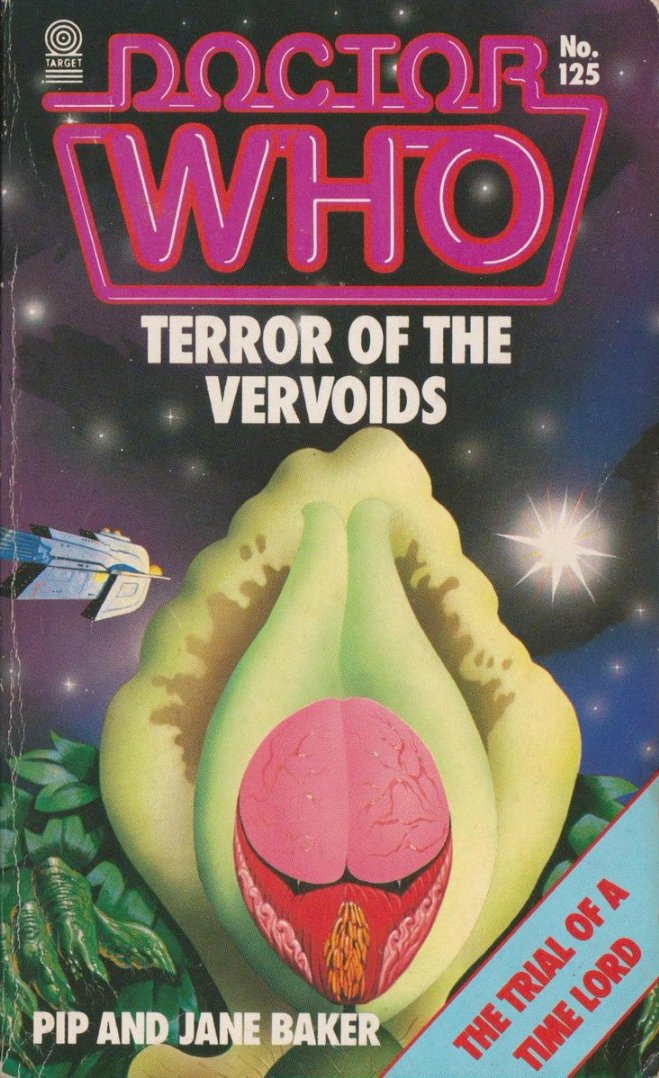
One of the best Christmas presenta you could ever get was a View-Master! It sold over one billion reels across the world, but it's based on Victorian technology. How did one simple gadget get to be so popular?
Let's take a look at the toy that took over the world...
Let's take a look at the toy that took over the world...

Stereographs are cards with two nearly identical photographs mounted side by side. Viewed through a binocular device they give an illusion of depth. By 1858 the London Stereoscopic and Photographic Company had published over 100,000 of them. 

Sawyer's Photo Finishing Service began in 1919 in Portland, Oregon. By 1936 they had teamed up with William Gruber, who had been experimenting with stereoscope photography using the new Kodachrome colour film. 

Together they came up with a simple concept: a disc containing 14 film transparencies in seven pairs, viewed through a stereoscope with a simple trigger to rotate the disc. The View-Master was born! 

Sawyer launched the View-Master at the 1939 World's Fair in New York. Compared to the bulky stereoscopes of the 1920s the lightweight Bakelite View-Master with miniature Kodachrome images was an immediate hit. 







View-Master's first big customer was the US military, who quickly saw its value as a teaching aid for pilots and anti-aircraft gunners. Special reels were made to help them to both recognise enemy aircraft and to estimate their range from their size. 
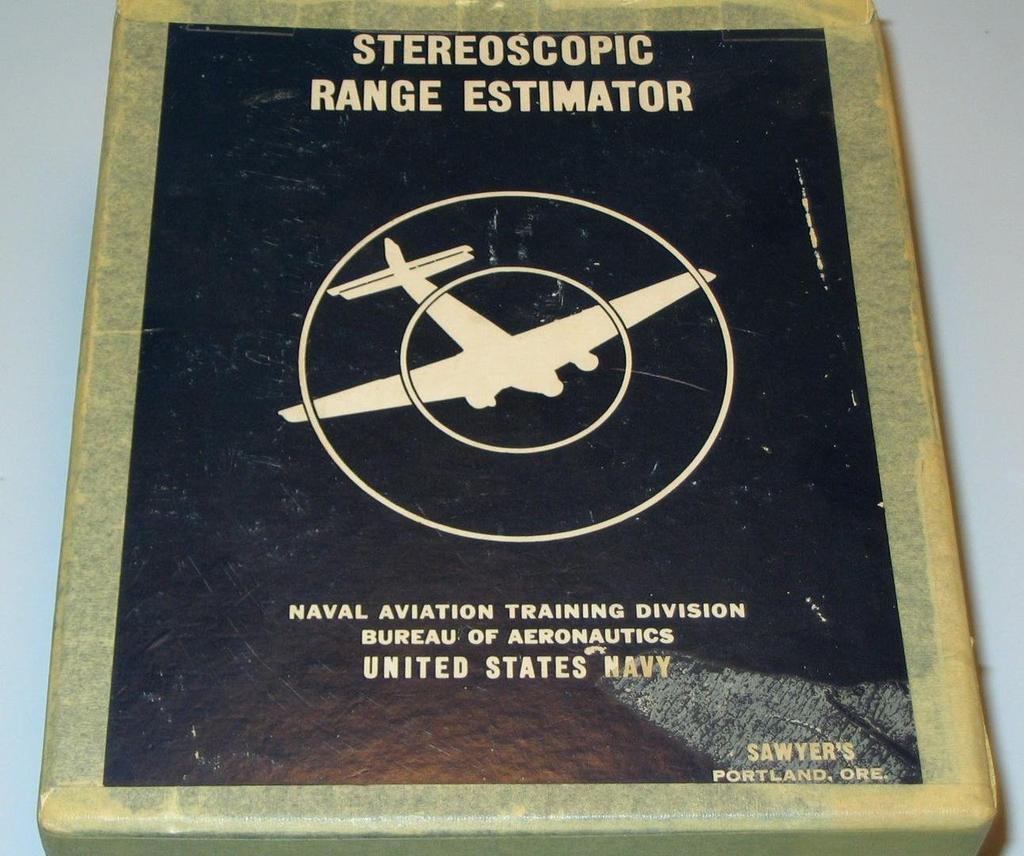
In 1951 View-Master bought out its main competitor Tru-Vue. This was a very smart move, as Tru-Vue had the rights to content from Walt Disney Studios. The boom years were just around the corner... 

View-Master hired very talented model makers and photographers, such as Florence Thomas and Joe Liptak, to create detailed diaramas for View-Master reels. Many Disney stories were re-created this way to enable high-quality stereoscopic photographs to be produced. 





Disney films on View-Master were complex affairs. Rather than try and turn film stills into stereoscopic images, View-Master artists recreated key scenes with 3D models and carefully photographed them for best effect. They are works of miniature creative genius. 






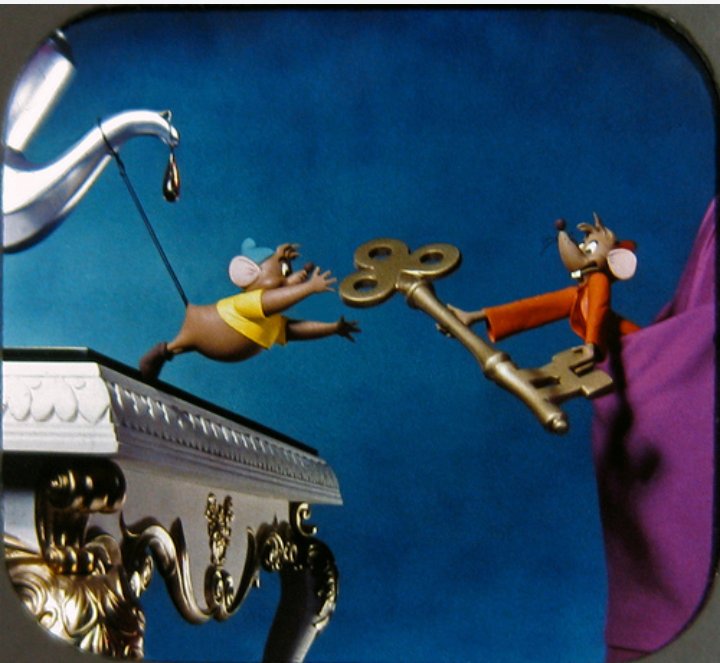
Florence Thomas's model work for View-Master was outstanding. Here are four dioramas she created in 1958 for The Little Mermaid. Between exposures she would shift and rotate some items to enhance the 3D effect. The reults were absolutely beautiful. 







The 1950s saw a mini-boom in 3D, with specialised cameras available for stereoscopic photography as well as 3D movies and magazines. View-Master was riding a popular wave. 





View-Master discs also covered bible stories and scenic tours as well as corporate material. Anything you could photograph could end up in stereo. 





Could you view smut on a View-Master? Of course you could! Should you? Well that's a different question... 

In the late 1970s View-Master disks began to be sold in blister packs rather than cardboard wallets. These became a familiar Christmas stocking filler for many children. 



View-Master has changed over the years: in 1983 it dabbled with VR by launching a talking version using mini-records; in 2016 it went the whole hog by teaming up with Google to ceate a VR viewer for your smartphone. 

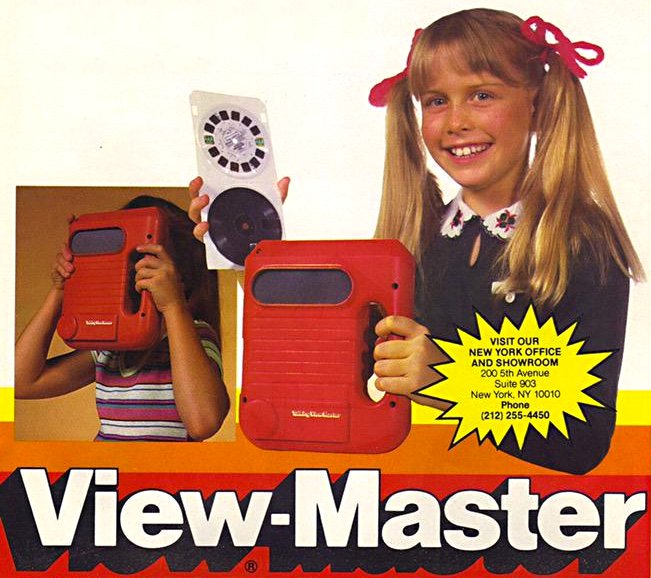
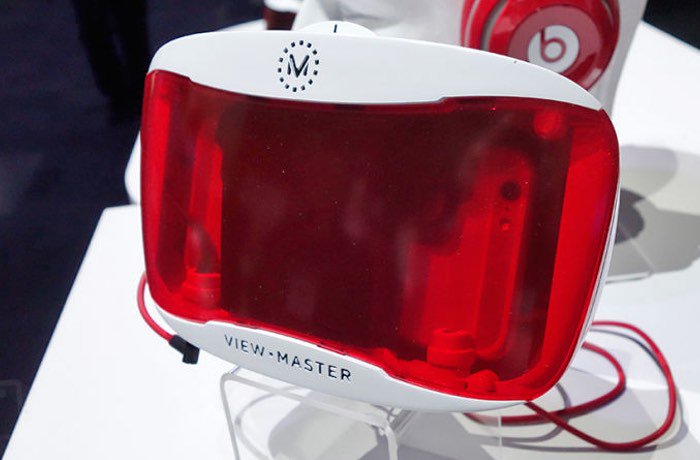
But despite all the modern gadgets we have today, give a kid (or an adult) a View-Master and they'll still be entertained for hours. It's just a really neat way to see the world.
More stories another time...
More stories another time...

• • •
Missing some Tweet in this thread? You can try to
force a refresh


